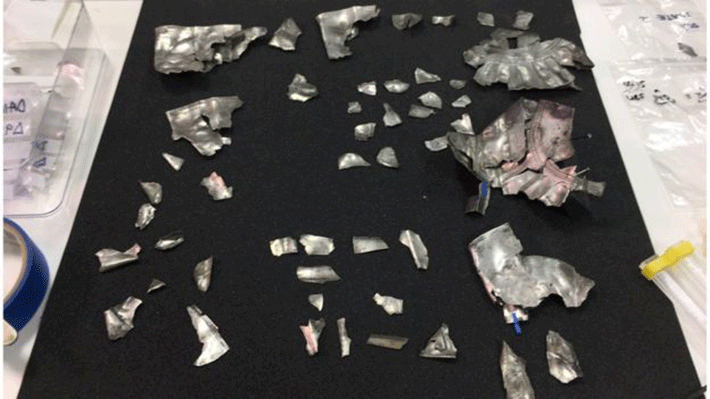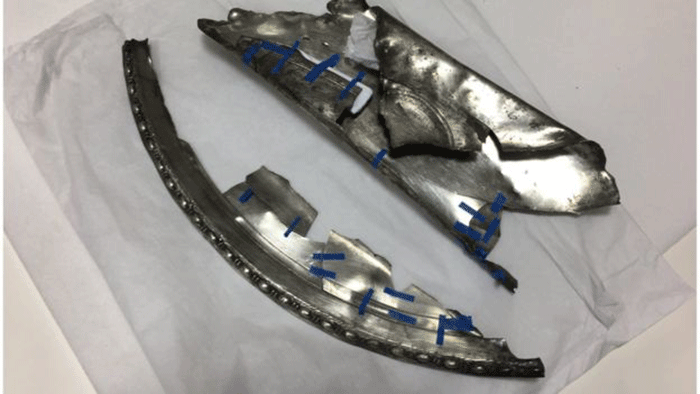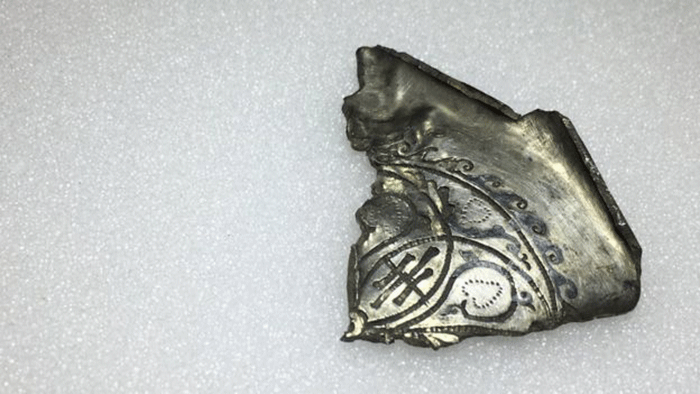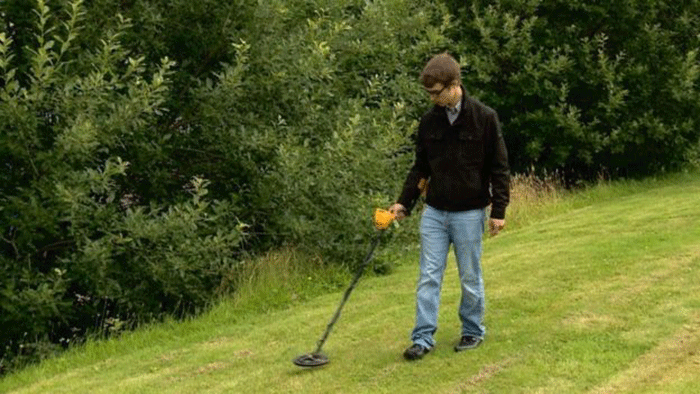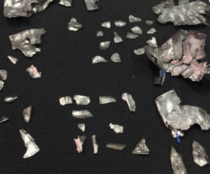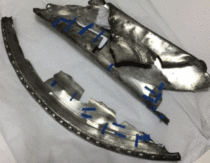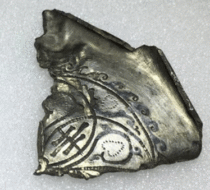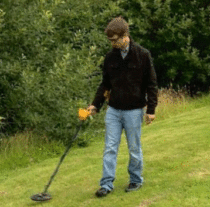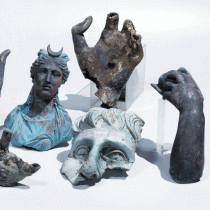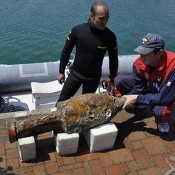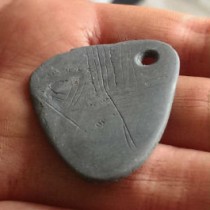A hoard of Roman silver which was found by a teenage metal detectorist 3 years ago will be exhibited at the National Museum of Scotland in October.
The discovery of the hard was made in 2014 by a teenage metal detectorist, David Hall, from Livingston, aged 14 at the time. He found the silver in Fife while experimenting with metal detecting. He found more than 200 pieces in one day.
Although David Hall did not realise the importance of the find at the time, the Dairsie hoard as it came to be known dates to the late 3rd century AD and it is the earliest of its kind found outside the borders of the Roman Empire. It is believed to have been used by Roman soldiers to bribe Picts while they were passing from the area. It is considered as internationally significant and will be exhibited for the first time at the National Museum of Scotland at a new exhibition in October.
The hoard consists of silver objects hacked into pieces, that’s why it is called hacksilver. It was a common practice of the Romans to not just use their army but also perform diplomatic efforts to secure the empire’s frontiers.
But the hoard was not just hacked-up by the Romans. It had also been shattered by ploughing. Now, curators have tried to reconstruct four Roman vessels from over 300 pieces and they have also examined how they had been cut into packages.
According to Dr Fraser Hunter, principal curator at National Museums Scotland, the Dairsie hoard is internationally significant regarding Roman frontier politics and our understanding of it. He said that Romans started using gifts and bribe to deal with various problems and local tribes, using bribes of silver bullion in the form of hacked silver vessels, and the Dairsie hoard is the earliest evidence of this new phase of Roman policy.
The exhibition, Scotland’s Early Silver, will show how silver and not gold became the most important metal in Scotland over the first millennium AD.
